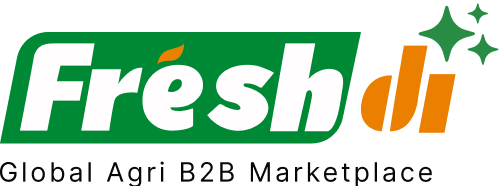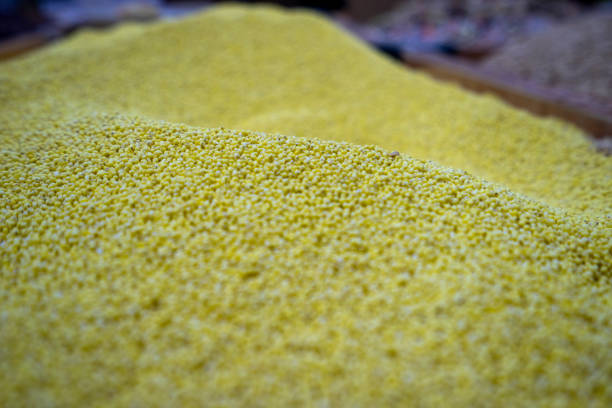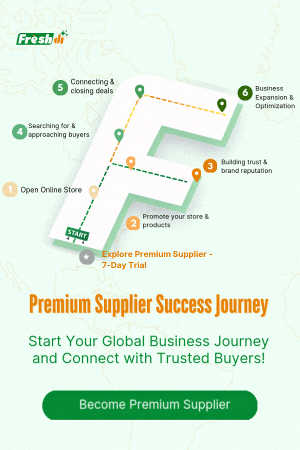Introduction – Understanding Poland’s Reputation for Quality Millet
If you’ve been exploring the global market for high-quality millet, one country that keeps popping up is Poland—and for good reason. With its rich agricultural heritage, temperate climate, and rapidly evolving sustainable farming practices, Poland is fast becoming a hotspot for millet that’s not just abundant, but exceptionally pure and nutrient-dense.
Why does this matter? Because sourcing millet isn’t just about quantity—it’s about quality. Whether you’re a food processor, wholesaler, or retailer, understanding the nuances of millet quality is key to making smart procurement decisions.
Poland’s millet production benefits from a combination of ideal environmental factors. The soil—mainly loamy sands and light loams—offers great drainage and fertility, which millet loves. Add to that a moderate rainfall pattern and a growing season that aligns with millet’s needs, and you’ve got a recipe for superior grain.
But it’s not just nature doing the heavy lifting. Traditional farming systems, such as crop rotation and intercropping with legumes, help maintain healthy soil and reduce pests naturally. And now, regenerative agriculture practices like no-plow tillage and cover cropping are enhancing yields and sustainability. These elements combine to make Polish millet a premium option in international markets.
In fact, Poland’s millet exports jumped 43% in 2023, reaching 17,000 tons and raking in $9.6 million in value. Germany alone took in 39% of that. That kind of growth speaks volumes about Poland’s emerging reputation for millet excellence.
Defining & Verifying Millet Excellence in Poland
So, what exactly makes millet “excellent”? And how can you know you’re getting the good stuff?
Millet quality is usually judged by a few key indicators:
- Purity Level – The percentage of clean, unadulterated grain.
- Moisture Content – Lower moisture means longer shelf life.
- Grain Size & Color – Uniformity here often signals better handling.
- Husk Presence – Dehulled millet is usually preferred for processing.
- Certifications – Such as HACCP, ISO, or organic certifications.
Poland’s diverse regions also influence millet quality. For instance, some areas may produce millet with a higher protein content, while others might yield grains with better texture due to microclimatic differences. This is where platforms like Freshdi come into play. They allow buyers to issue RFQs (Request for Quotations) that specify these exact quality attributes—making it easier to match with suppliers who meet exacting standards.
By tapping into buyer feedback, verified supplier data, and product traceability tools, Freshdi helps you eliminate the guesswork in verifying quality.
Top 8 Verified Millet Suppliers in Poland – Setting the Benchmark
Finding a trustworthy supplier can feel like looking for a needle in a haystack. But not anymore. Below are eight of the most reputable millet suppliers in Poland, based on their export success, market reliability, certifications, and positive feedback on Freshdi.
1. PPZ SŁAWA SP.Z O.O
A well-established player known for producing millet groats of high purity and consistent quality. They cater to both bulk buyers and retail packagers across Europe.
2. Bromex Sp. z o.o.
Specializing in red millet, Bromex has carved out a niche for itself in the health food and bird feed markets. Their millet is often praised for its vibrant color and low impurity levels.
3. Zenora Limited Liability Company
Zenora focuses on yellow millet and is a favorite among organic and gluten-free product makers. They’re known for transparent supply chains and sustainable sourcing.
4. RADZIOWI SP. Z O.O.
This company offers millet in consumer-ready packaging, making it ideal for retailers. Their products meet European food safety standards and come with traceability and quality assurance.
5. AgroPol Grain Exporters
A leading bulk exporter, AgroPol has built a strong reputation for timely deliveries and competitive pricing, especially in Western Europe and the Middle East.
6. BioZiarno Organic Farms
With a focus on organic millet certified by EU standards, BioZiarno appeals to health-conscious markets in Germany, Scandinavia, and beyond.
7. GranoPure Polska
This supplier specializes in gluten-free millet, supplying to both food manufacturers and wellness brands. They also offer private labeling.
8. EcoHarvest Poland
Known for regenerative farming methods and environmentally friendly practices, EcoHarvest is gaining traction among eco-conscious buyers.
Dynamic Ranking Note
Supplier performance and market presence can fluctuate. Platforms like Freshdi periodically update supplier rankings with recognitions such as “Supplier of the Month” or “Top Exporter of the Quarter” based on RFQ volume, delivery reliability, and buyer reviews. Always check for the latest updates to make informed decisions.
Market Navigation – Quality Demand Dynamics & Consumer Insights
Global demand for millet is evolving—fast. Consumers are no longer just looking for any millet; they want traceable, sustainable, and nutrient-rich options. This shift is pushing producers and suppliers to level up their game.
In Poland, this consumer-driven pressure is visible. More suppliers are adopting organic certifications, implementing traceability systems, and clearly labeling origin, moisture content, and processing details. This transparency is not just a marketing gimmick—it’s what the market demands.
And it’s not just about food. Millet is increasingly being used in health supplements, gluten-free flours, and even cosmetic applications. This diversification in usage is driving demand for specialty millets like red and yellow variants, each with its own nutritional profile and application.
Freshdi plays a critical role here, too. By tracking RFQ trends and buyer behavior, the platform identifies what types of millet are in highest demand—be it hulled, flaked, or organic-certified. These insights help suppliers pivot and align their production with real-time market needs.
Conclusion – Sourcing Quality Millet Strategically
Poland stands out as a reliable and high-quality source of millet, thanks to its fertile soils, sustainable farming, and a growing ecosystem of verified suppliers. Whether you’re looking to import bulk quantities or source specialty variants, Poland offers a solid mix of quality, consistency, and traceability.
But let’s be honest—navigating this market isn’t always easy. That’s where platforms like Freshdi come in. They make it easier to verify supplier claims, compare certifications, and track emerging trends—all while ensuring you’re connected with the most reliable vendors.
If millet is on your procurement list, Poland should be on your radar.
Key Takeaways
- Poland’s climate and regenerative agricultural practices make it ideal for high-quality millet production.
- Certifications and traceability are becoming essential in verifying millet quality.
- Verified suppliers like PPZ SŁAWA and Zenora are setting industry benchmarks.
- Demand is shifting toward traceable, organic, and nutrient-specific millet types.
- Freshdi empowers buyers with real-time insights, RFQ tools, and supplier verification.
Procurement Checklist for Millet Buyers
✅ Identify your required millet type (e.g., red, yellow, hulled, organic).
✅ Check for supplier certifications (ISO, HACCP, Organic EU).
✅ Use RFQs to specify purity, moisture content, and packaging needs.
✅ Verify feedback from past buyers (Freshdi reviews are a great start).
✅ Monitor market trends and pricing before finalizing deals.
Future Outlook for Millet Sourcing in Poland
As Poland continues to invest in sustainable agriculture and food safety, its position in the global millet market will only strengthen. Expect to see more innovation in processing, packaging, and traceability—especially as demand spikes from health-conscious and specialty food segments.
Suppliers that prioritize transparency, regenerative practices, and certifications will likely come out on top. And thanks to platforms like Freshdi, buyers will be able to make smarter, data-backed choices with confidence.
FAQs
1. Why is Polish millet considered high quality?
Because of Poland’s ideal climate, fertile soils, and sustainable farming techniques that ensure consistent and nutrient-rich millet grains.
2. What certifications should I look for when sourcing millet?
Common certifications include HACCP, ISO 22000, and EU Organic. These ensure food safety, quality management, and eco-friendly practices.
3. Can I get small or retail-ready millet packs from Polish suppliers?
Yes! Suppliers like RADZIOWI SP. Z O.O. offer millet in 1000g retail-ready packs suitable for direct consumer sales.
4. How does Freshdi help with millet procurement?
Freshdi allows you to issue detailed RFQs, verify supplier histories, access buyer reviews, and track market trends—all in one platform.
5. Are there seasonal changes in millet quality or availability in Poland?
Yes, millet is typically harvested in late summer. Quality and availability can vary based on regional weather conditions and farming cycles.
References
- FAO: Poland Soil and Climate for Millet
- Seedea.pl: Millet Market Update – September 2024
- IndexBox.io: Poland Millet Exports 2023
- EIT Food: Regenerative Agriculture in Poland
- Freshdi – B2B Sourcing Platform


